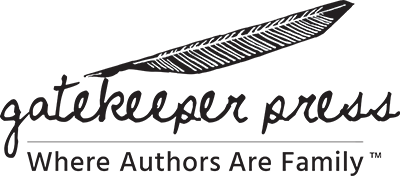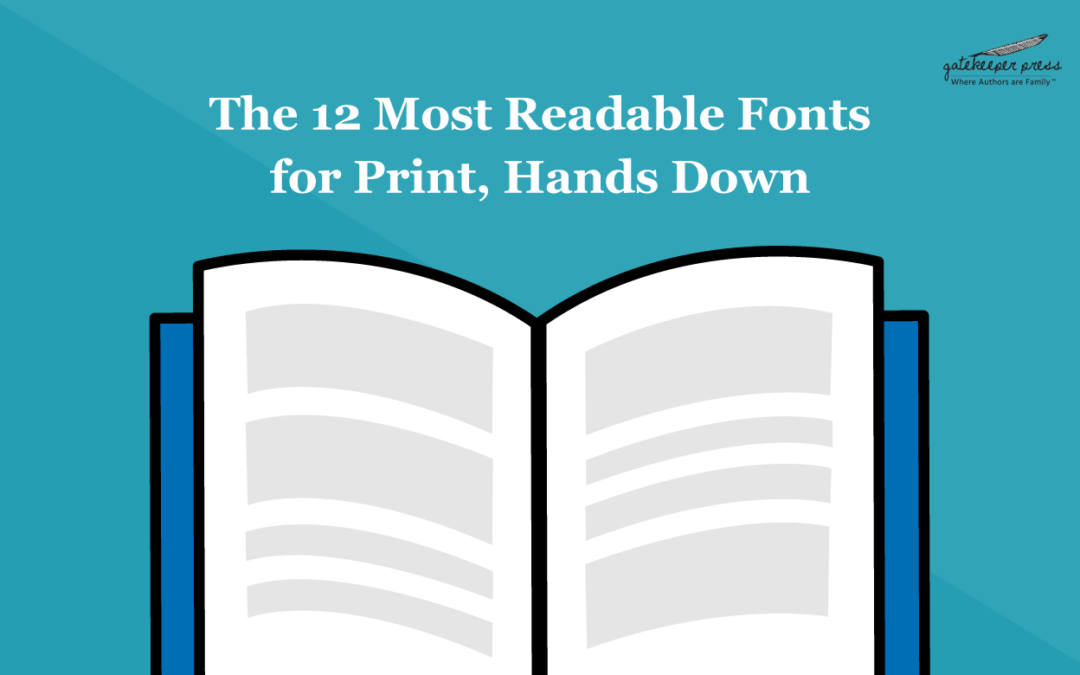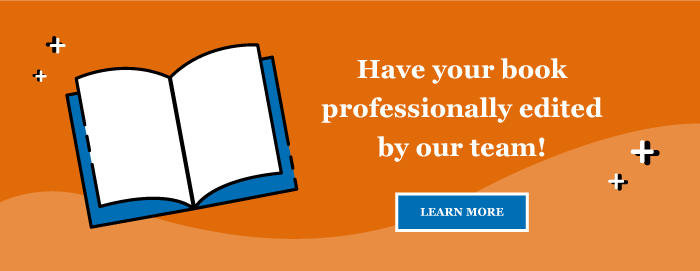Have you ever experienced a frustrating font fiasco? This unfortunate event occurs when you sit down to devour a much-anticipated new book, but within a few pages, find yourself exhausted. This may even be so irksome that you give up on the book altogether. Sadly, either an editor or a self-published author simply selected the wrong font when designing and formatting the book’s interior matter.
As droll a topic as fonts might appear initially, font selection is actually a critical decision that can have an outsized impact on the ultimate success of your book. The right font choice will not only make your book more consumable, but will also be better aligned with the genre, the book’s tone, and your audience. Continue reading to discover the most readable fonts for print.
What to Look for When Selecting a Font for Print
To even begin to understand the 32,000 fonts available, it helps to know how fonts are categorized. Fonts generally fall into one of four categories:
- Serif. Serif fonts have nearly indecipherable little flourishes (serifs) on the letters that make them easy to read as they closely resemble handwriting.
- Sans-Serif. “Sans” means without, so these fonts feature simplified, clean letters.
- Script. Script fonts are exactly that — fonts that emulate cursive writing.
- Display. Display fonts are highly artistic and stylized, perfect for headings or titles but not appropriate for large blocks of text.
Consider the following items when deciding on the best fonts for your self-published book:
- Readability. The most readable fonts for print are those that look best in a large block of text. Selecting the easiest fonts to read leads to a much higher likelihood that your book will be read in its entirety and may even result in more positive reader reviews.
- Audience. Some fonts are more familiar and comfortable among people of different generations. If you are older, but your target audience is millennials or Gen Y, then you will want to avoid fonts that are perceived as dated or even medieval.
- Suitable to topic. Fonts have personalities. They can feel whimsical, dramatic, serious, or comedic in tone. Be sure to pair the font that best suits the genre or subject portrayed in your self-published book.
- Visual aesthetics. While the aesthetic value desired for your book is highly subjective, it is wise to consider if your personal tastes are going to resonate well with your target audience. It might be a good idea to ask a few friends to weigh in on your top contender font choices before making the final selections.
There are plenty of factors that play into choosing the most readable fonts for print, so consider hiring font extraordinaires like the team at Gatekeeper Press for your printing needs.
The Best, Reader-Approved Fonts for Books
When you arrive at the formatting stage for your self-published book, take the time to properly explore the fonts or typeface that are best suited for it. Compare three or four fonts by printing out large blocks of text in each font. As you compare the samples, consider which of them are the most readable fonts for print.
Ask yourself if your eyes are pleased with the font and if the font exudes the right vibe for your self-published book and its target audience. Out of these runners up, pick your winner, plus a second complementary font for chapter titles, title page, and sub-texts. Ideally, your book will utilize one strong serif and one strong sans-serif for the majority of the interior matter.
The best fonts for books include:
Serif Fonts
- Garamond. This graceful font was developed in France in the 16th century and has a classical feel.
- Georgia. This elegant yet sturdy font was designed in 1993 and is also the best font for small print.
- Palantino. This font, released in 1949, is reminiscent of the old-style typeface. Released in 1949.
- Caslon. This font was designed by William Caslon in the 18th century and has a somewhat textured appearance.
- Minion Pro. Considered some of the most readable fonts for print, the Renaissance-inspired font series from the Adobe family was designed in 1989.
- Merriweather. This font has a strong, dependable feel and is easy to read.
Sans-Serif Fonts
- Helvetica Neue. This bold font is an excellent choice for chapter titles.
- Myriad. This versatile, humanist, and general-purpose font was developed in the 1990s for Adobe.
- Open Sans. Although a sans-serif font, Open Sans pays homage to certain elements of serif styles.
- Roboto. This clear and concise font is quite versatile.
For perfect font selection and formatting, hire the professional and experienced design team at Gatekeeper Press.
Trust the Design Team at Gatekeeper Press
If the sheer number of available fonts is enough to make your head spin, why not partner with the design team at Gatekeeper Press? These publishing pros will select the perfect fonts for your book’s genre and audience, in addition to being the most readable fonts for print. Give Gatekeeper Press a call today!


